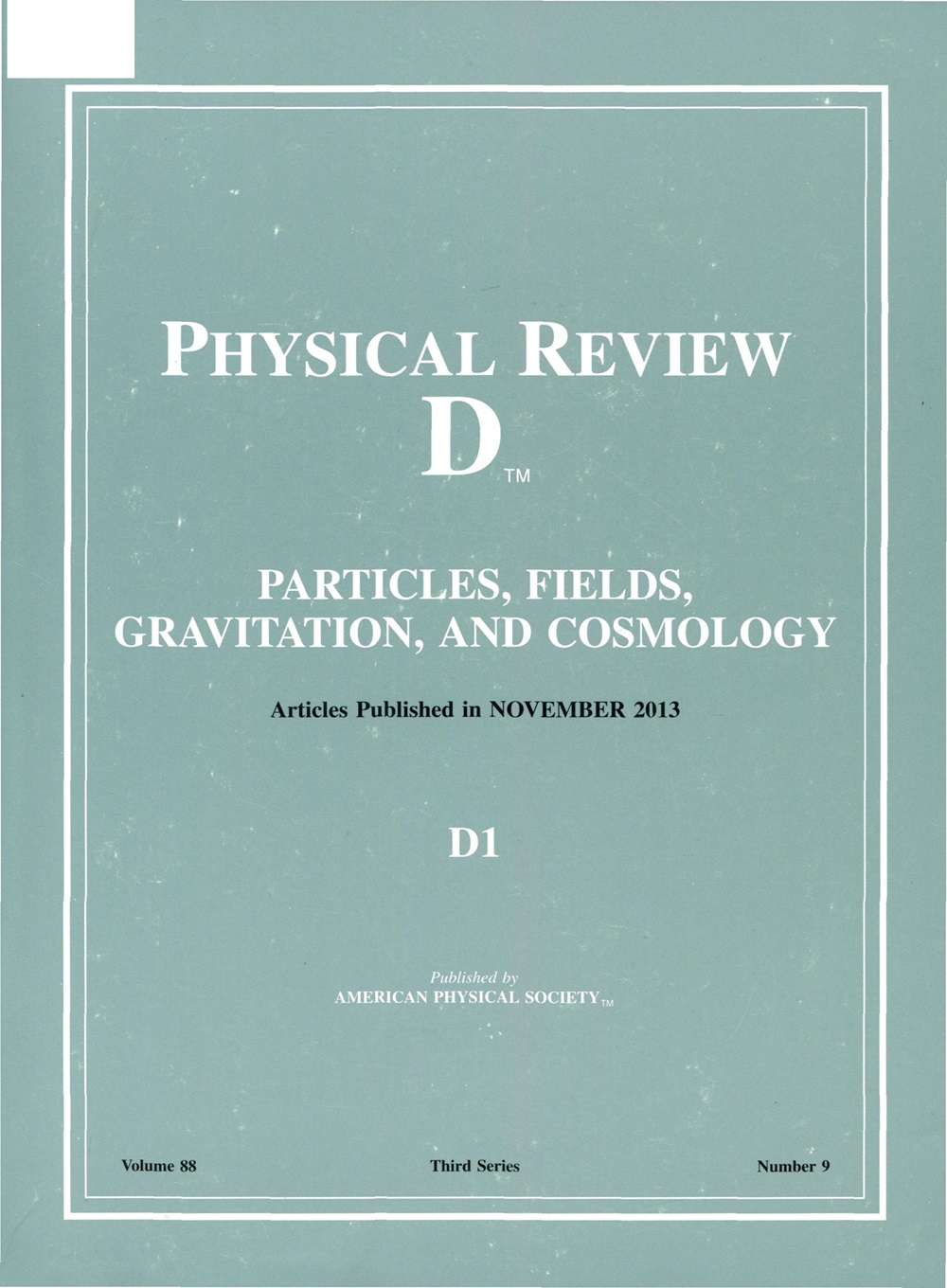Subregion-subalgebra duality: Emergence of space and time in holography
IF 5
2区 物理与天体物理
Q1 Physics and Astronomy
引用次数: 0
Abstract
In holographic duality, a higher dimensional quantum gravity system emerges from a lower dimensional conformal field theory (CFT) with a large number of degrees of freedom. We propose a formulation of duality for a general causally complete bulk spacetime region, called subregion-subalgebra duality, which provides a framework to describe how geometric notions in the gravity system, such as spacetime subregions, different notions of times, and causal structure, emerge from the dual CFT. Subregion-subalgebra duality generalizes and brings new insights into subregion-subregion duality (or equivalently entanglement wedge reconstruction). It provides a mathematically precise definition of subregion-subregion duality and gives an independent definition of entanglement wedges without using entropy. Geometric properties of entanglement wedges, including those that play a crucial role in interpreting the bulk as a quantum error correcting code, can be understood from the duality as the geometrization of the superadditivity of certain algebras. Using general boundary subalgebras rather than those associated with geometric subregions makes it possible to find duals for general bulk spacetime regions, including those not touching the boundary. Applying subregion-subalgebra duality to a boundary state describing a single-sided black hole also provides a precise way to define mirror operators.求助全文
约1分钟内获得全文
求助全文
来源期刊

Physical Review D
物理-天文与天体物理
CiteScore
9.20
自引率
36.00%
发文量
0
审稿时长
2 months
期刊介绍:
Physical Review D (PRD) is a leading journal in elementary particle physics, field theory, gravitation, and cosmology and is one of the top-cited journals in high-energy physics.
PRD covers experimental and theoretical results in all aspects of particle physics, field theory, gravitation and cosmology, including:
Particle physics experiments,
Electroweak interactions,
Strong interactions,
Lattice field theories, lattice QCD,
Beyond the standard model physics,
Phenomenological aspects of field theory, general methods,
Gravity, cosmology, cosmic rays,
Astrophysics and astroparticle physics,
General relativity,
Formal aspects of field theory, field theory in curved space,
String theory, quantum gravity, gauge/gravity duality.
 求助内容:
求助内容: 应助结果提醒方式:
应助结果提醒方式:


